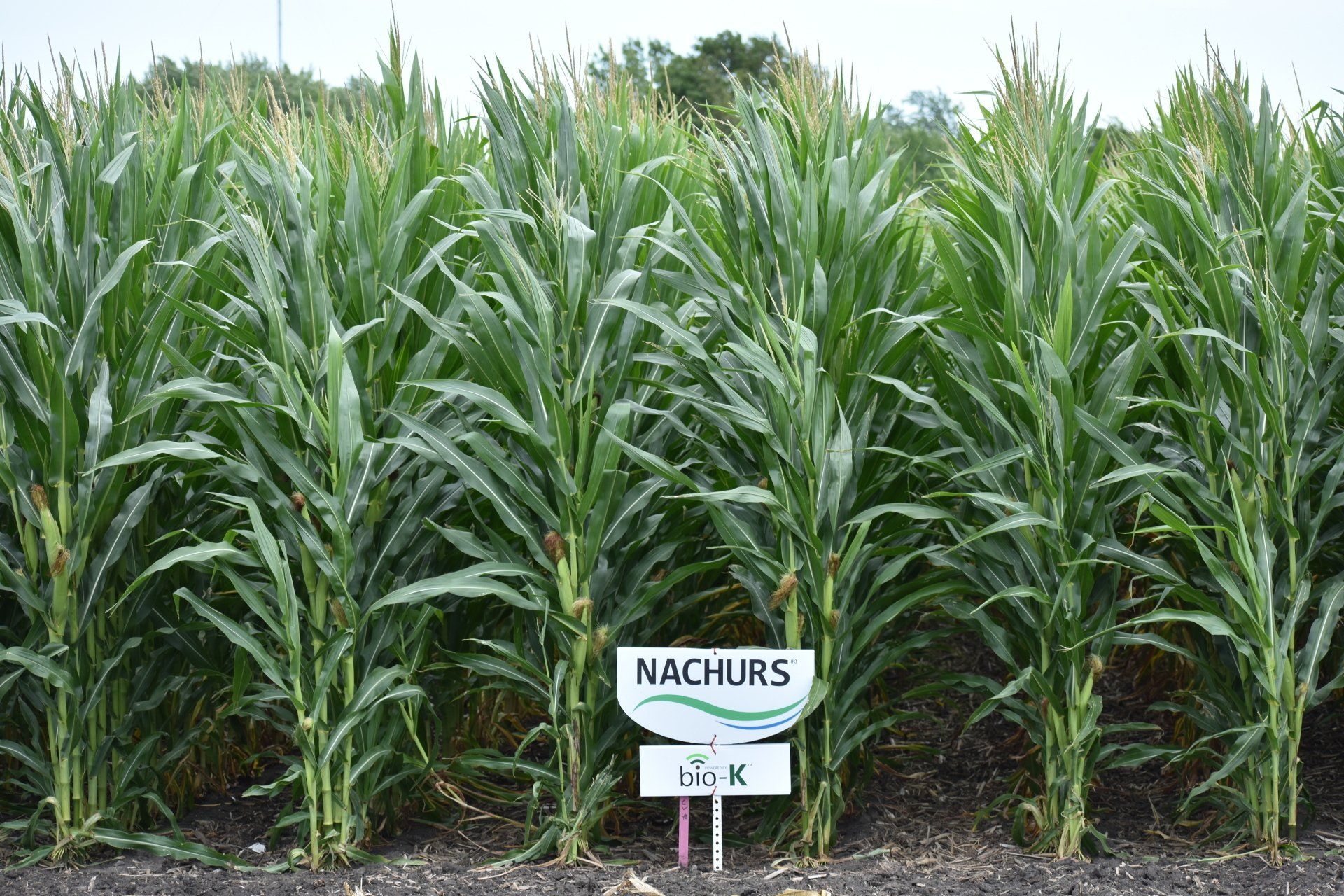AgroInsights- Thinking Ahead
It's never too early to think about what's next.

Blake Sutton, Sales Agronomist US East
In most areas, the heat of summer has arrived and seems to be making itself comfortable. Nothing unexpected since we are almost in the middle of July, but crops are coming along well and growing from the heat finally showing up. What has been a delayed year in most areas, with nighttime highs taking some time to increase, has developed, and maturity has taken off. Harvest will be here before we know it, and as a matter of fact, I just received a text that corn is already being harvested in South Georgia! Although we still have a lot of time left in this season, it is never too early to begin planning for the next or at least begin thinking.
Something we can have on our minds as we progress from this year to the next is the thought of soil sustainability and putting our soils to work for us. One of the key topics when this comes to mind that seems to be gaining more credibility is soil microbial activity. While this exists in our soil ecosystem naturally, any improvements and additions we can make will improve our soils and ultimately lead to higher yields and a more efficient nutrient program. The microbial activity that occurs in our soil system plays a huge role in nutrient uptake from plants as well as the relationship our crops have with the soil and what they are able to attain. As we improve our microbial activity, we are able to do a few different things that lead to higher yields, more efficient applications, and ultimately more profit at the end of the year. With this addition of microbial and boosting the microbial system of our soil, we are, first of all, able to increase the availability of nutrients that are normally unavailable or tied up in the soil. Nutrients such as phosphorous have a high rate of unavailability to our crops, and as microbial activity increases, availability is increased. This is key when looking at the amounts of P in most of our soil that can never be used by our crops but ultimately add a cost to the budget as we have to add P sources to reach an adequate amount available for uptake by crops. When discussing microbial activity, we are also not only talking about P that is unavailable in the soil, but we are also able to increase the rhizobial activity of our root system and grow a more robust root system from these interactions. By having a more robust root system on our plants and increasing the uptake from these roots, our crops are able to pull more nutrients from the soil at a higher rate and have the power to utilize residual nutrients in the soil as well as use what we apply more efficiently. After all, roots are the “mouth” of the plant, and the more it can “eat,” the more improvements we will see.
As always, NACHURS has a solution to this problem that does an incredible job of increasing the microbial activity in your soils. NACHURS® Rhyzo-Link® PE with PGPR (Plant Growth Promoting Rhizobacteria) Technology is a consortium of Bacillus strains specifically formulated to improve phosphorus utilization. It can be applied in-furrow, beside the row (i.e., 2x2), side-dress, foliar, or deployed through various forms of irrigation. The polymicrobial Bacillus strains have been selected for their ability to build strong relationships with crop plants, providing a healthier environment more conducive to plant growth. Plant growth is enhanced due to the more active nature of the soil microbiome. The plant-microbe relationships also provided greater opportunity for growth and increased yield under stressful conditions such as drought and salinity.
It is always good to look ahead and think of how we can improve our soils, crops, and operations. While we do still have much time left in this season, sustainability and our soils should always be on our minds. When planning in the off-season for next year, keeping soil health optimum should be one of the building blocks of our plans. Adding Rhyzo-Link PE in the tank at planting is an easy, simple way to ensure we are promoting soil health, root growth, and more efficient nutrient uptake.
For more information contact your local NACHURS sales manager or sales agronomist.












